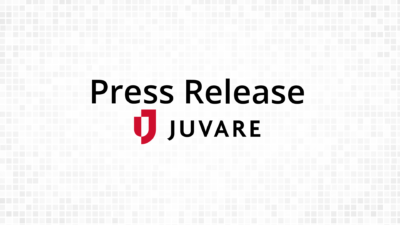Communities in the western United States are increasingly vulnerable to the potentially disastrous effects of wildfires. The ability of a local authority’s emergency management team to conduct damage assessments in response to such incidents is critical to the health and stability of the community itself.
In its 2022 response to the Marshall Fire—the most destructive wildfire in the history of Colorado—Boulder County used Juvare’s Crisis Track to streamline the frequently complicated damage assessment process and deliver tangible results to its community in the form of $69 million in FEMA disaster assistance.









